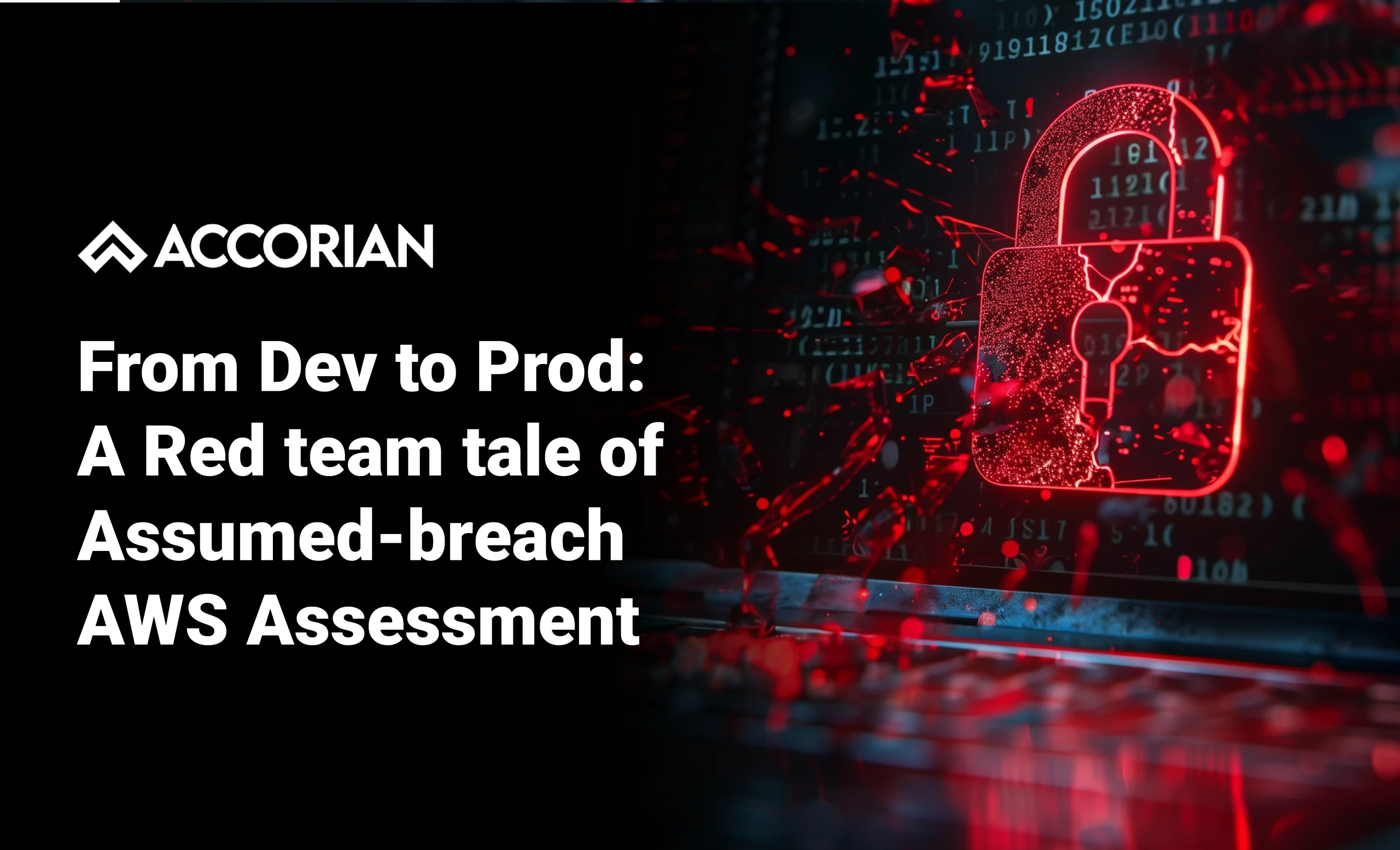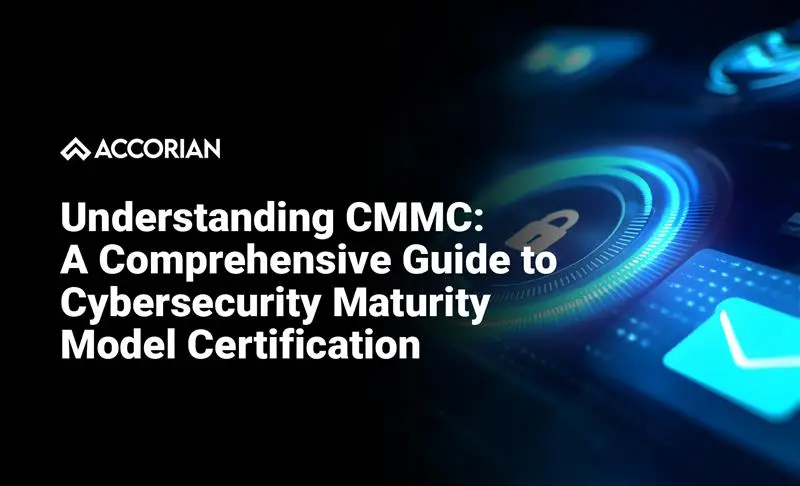By 2027, vulnerability management will have undergone a fundamental transformation—and for the better! The era of chasing static CVSS scores and struggling to meet arbitrary SLA deadlines is giving way to a more intelligent, responsive, and context-driven approach to risk mitigation. This evolution is not merely technological but represents a deeper philosophical shift in how organizations perceive and manage security. Today’s practices prioritize real-world exploitability, operational context, and automated resilience, marking a decisive departure from the rigid frameworks of the past.
Rethinking Vulnerability Scoring: Moving Beyond CVSS
The Common Vulnerability Scoring System (CVSS) has long served as a foundational metric for assessing the severity of security flaws. However, in today’s dynamic threat landscape, its limitations have become increasingly apparent. CVSS offers a static, theoretical view of risk, often failing to account for exploitability in real-world environments, the presence of compensating controls, or the business context of affected assets.
Modern security programs are shifting toward probability-based models like the Exploit Prediction Scoring System (EPSS), which leverage real-time threat intelligence and machine learning to assess how likely a vulnerability is to be exploited. This evolution enables organizations to prioritize remediation efforts based on actual exposure and impact, rather than abstract severity scores.
As adversaries grow more agile and attack surfaces expand, vulnerability management must evolve from checklist-driven patching to context-aware, risk-informed decision-making. CVSS may still serve as a reference point, but it is no longer sufficient as the primary driver of remediation strategy.
Autonomous Remediation: From Weeks to Minutes
Forget prioritization dashboards. In 2027, agentic AI systems don’t just suggest fixes—they implement them. These AI agents:
- Open Pull Requests AI agents automatically generate code-level fixes and initiate pull requests, reducing the dependency on manual developer input.
- Modify Configurations They apply targeted configuration changes in real time to neutralize vulnerabilities before they can be exploited.
- Test Changes in Isolated Sandboxes Before deployment, all remediations are tested in secure, controlled environments to prevent regressions or unintended impact.
- Notify Humans Only for Final Approval Security teams are looped in at the final checkpoint, ensuring oversight without impeding operational speed.
Inquisitive about the result? The Mean Time to Remediate (MTTR) dropped from weeks to minutes. Microsoft Defender, for instance, now includes AI-generated remediation playbooks and sandboxed validation pipelines.
This isn’t just automation—it’s autonomy with accountability.
SLAs Out. SLOs In.
The old SLA model “patch critical vulns in 10 days” is officially obsolete. In its place, organizations now define Service Level Objectives (SLOs) like:
> “Less than 1% of assets exposed to exploitable vulnerabilities at any time.”
This shift reflects a broader trend: measuring exposure, not effort. Security teams are now judged by risk reduction, not ticket closure rates.
Adversary-Twin Testing: Your New Red Team
In 2027, AI-powered adversary twins run continuous attack simulations against production replicas. These systems:
- Launch Real-World Exploits These AI agents simulate real attacker behavior, deploying live exploits to test the resilience of systems under authentic threat conditions.
- Validate Exploitability They confirm whether vulnerabilities are practically exploitable, eliminating false positives and ensuring remediation efforts are focused and justified.
- Auto-Rollback Failed Attempts When an exploit attempt fails or destabilizes the environment, the system automatically reverts to a safe state—preserving uptime and operational integrity.
This 24×7 offensive testing ensures that vulnerabilities are proven exploitable before they’re prioritized. It’s red teaming at machine scale—no more guesswork, just proof.
From Asset Lists to Asset Graphs
Static CMDBs are out. Today’s security platforms ingest real-time telemetry from every service, SaaS, and API to build dynamic asset dependency graphs.
This allows for contextual risk scoring. For example, a low-CVSS vuln on a patient-data API now outranks a “critical” vulnerability on the lunch-ordering kiosk.
Tools like Microsoft Defender and Wiz are already integrating graph-based risk modeling to prioritize vulnerabilities based on blast radius and business impact.
Security Engineers Will Become Trust Engineers
The role of security engineers has evolved. Today’s professionals are:
- Coaching AI Co-Workers Engineers now mentor AI agents, guiding decision logic and fine-tuning outputs to align with security best practices.
- Defining Policy Guardrails They establish system-wide constraints to ensure AI behavior remains within ethical, secure, and operational boundaries.
- Negotiating Business-Aligned SLOs Security is now shaped around measurable outcomes; professionals collaborate with stakeholders to align security goals with business priorities.
- Handling Exception Workflows They oversee nuanced scenarios where security rules must adapt, ensuring flexibility without compromising compliance.
This new breed of Trust Engineers focuses less on patching and more on governance, assurance, and AI oversight. It’s a shift from tactical firefighting to strategic trust-building.
Final Takeaway
If your current roadmap still hinges on “CVSS ≥ 8 + 30-day SLAs,” you’re budgeting for a past that no longer exists. The future of vulnerability management is autonomous, contextual, and continuous.
Start piloting autonomous remediation, embrace probability-driven prioritization, and redefine success as exposure minutes prevented, not tickets closed.



